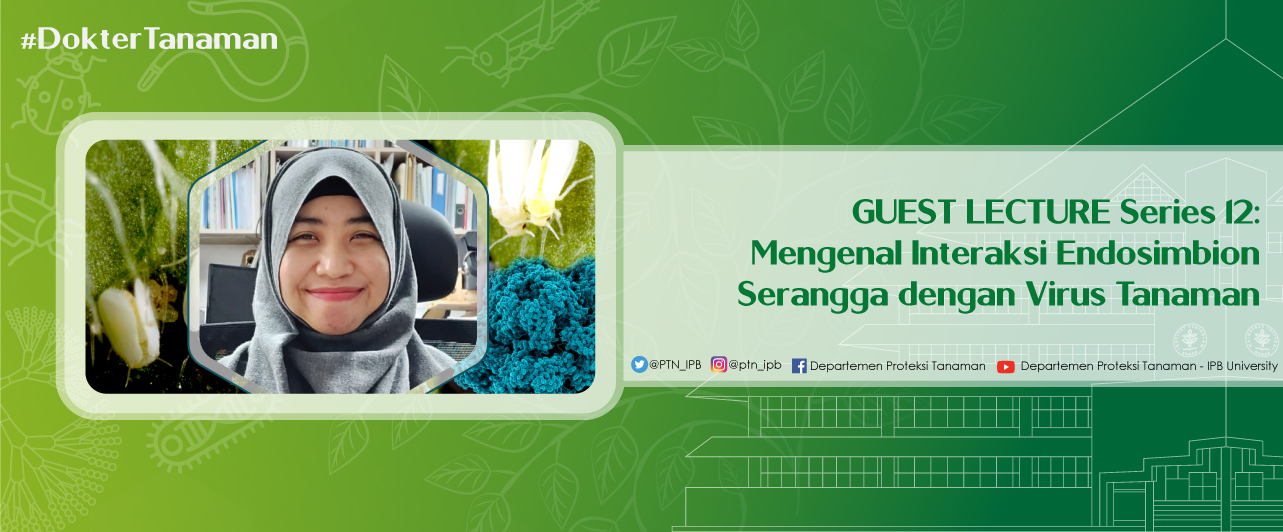
GUEST LECTURE Series 12: Understanding Insect Endosymbiont Interaction with Plant Virus
Department of Plant Protection, Faculty of Agriculture, IPB Supporting the enrichment of learning experiences for students in digital transformation in the COVID-19 era, IPB carries an educational format that provides a forum for interaction for students and professionals through discussion and interpersonal competence in the Guest Lecture Series program.
The 12th Guest Lecture Series which was held on Friday, February 25, 2022, invited Dr. Susanti M. Lestari from Kyungpook National University, South Korea, to present a material with the theme “Insect Endosymbiont and Plant Virus Interaction”. The activity which lasted for 3 hours was carried out through a Zoom Meeting which was attended by several Lecturers of the Plant Protection Department and students from various universities.
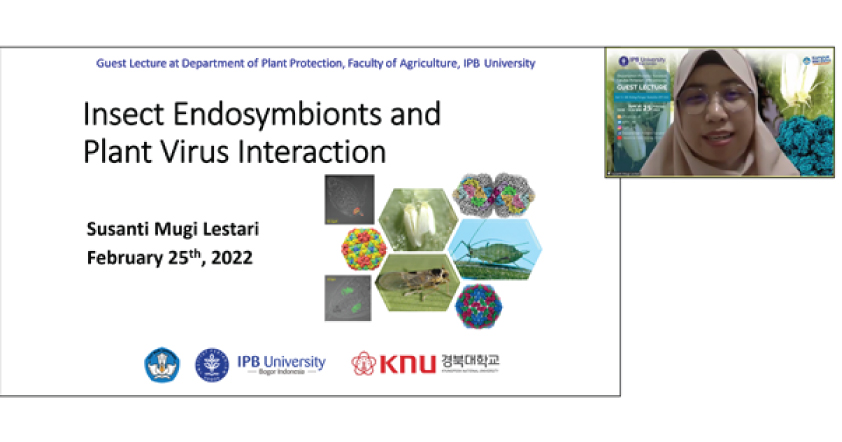
What exactly are symbionts? Symbionts are organisms that live in symbiosis with other organisms. Based on this, insect endosymbionts are symbionts that live inside the insect's body (host). Dr. Susanti said that almost all insects are associated with endosymbiotic bacteria through a symbiotic relationship, both mutualism and parasitism. Dr. Susanti also added that endosymbionts are able to manipulate host insects and plant viruses. One of the roles of endosymbionts is to protect plant viruses from degradation while in the insect body during the transmission process through a protein called GroEl.

Several studies have proven the effectiveness of endosymbionts against plant viruses. One of them is the successful transfer of Wolbachia endosymbionts to brown planthoppers, which play a role in inhibiting infection and transmission of Rice Ragged Stunt Virus (RRSV) and reducing virus symptoms in rice plants. Another strategy that was also presented in the Guest Lecture on Friday afternoon was to stop the production of GroEl protein in bacteria through gene editing.
Seeing the big role of endosymbionts in influencing host insects and plant viruses, controlling plant viruses through endosymbionts is a very prospective opportunity at present and in the future.
For more details, please watch the Guest Lecture 12 in the following video:


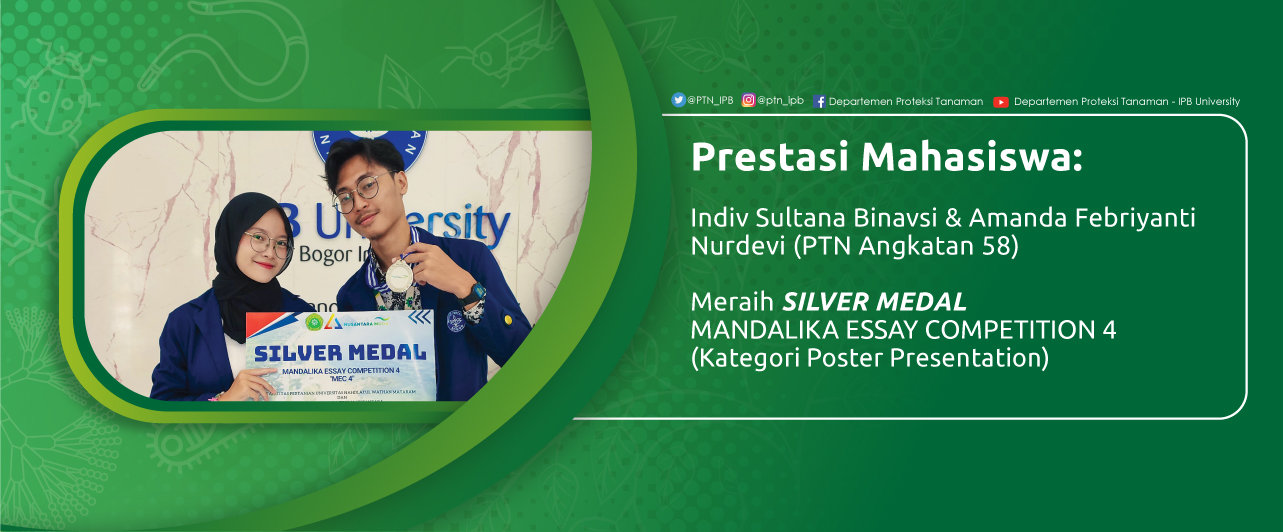
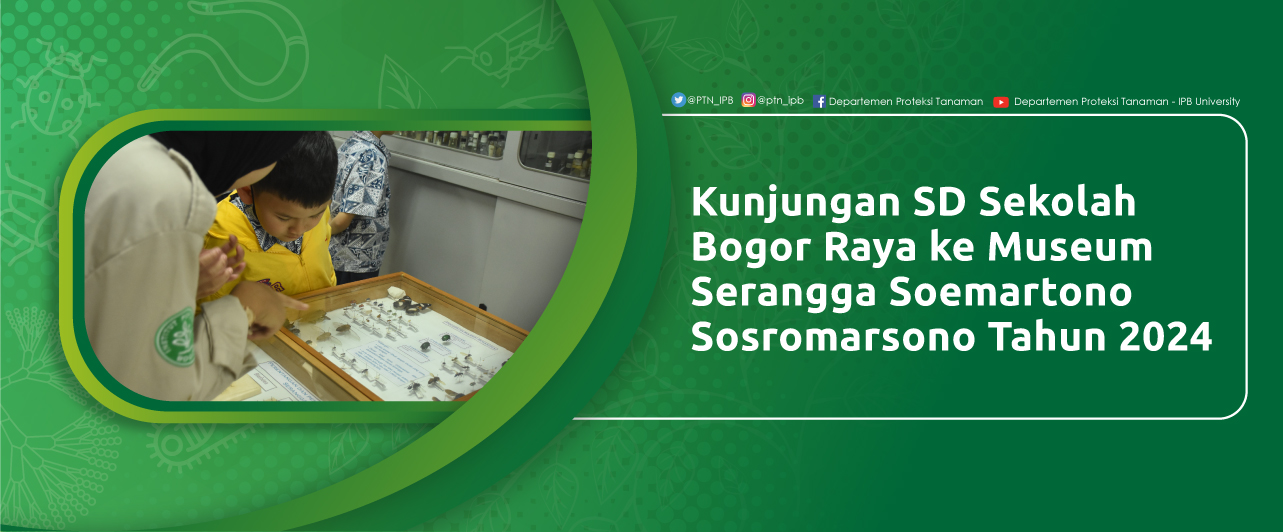
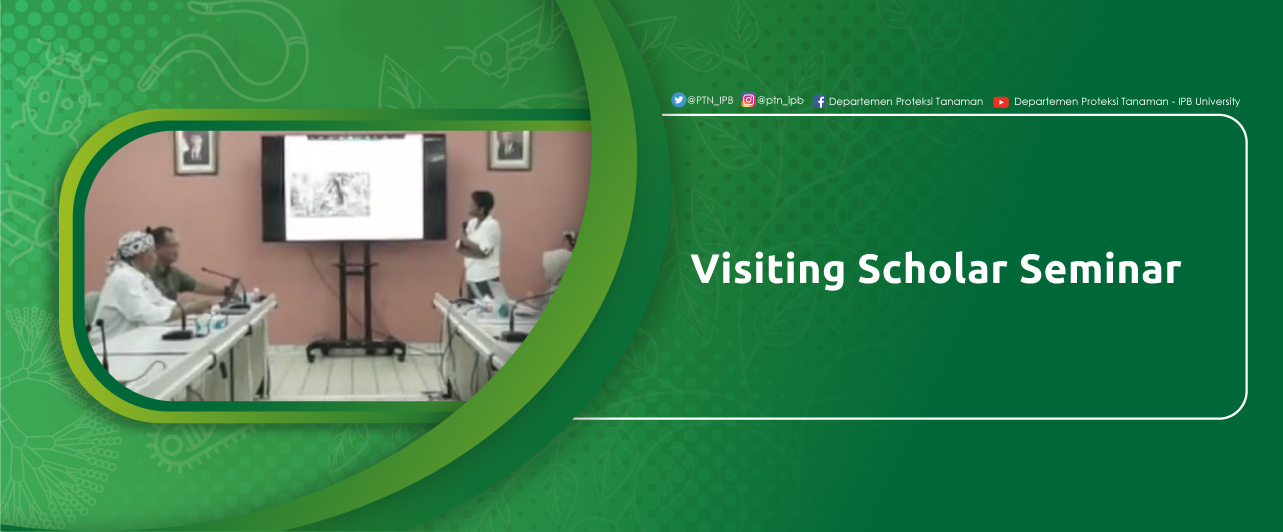


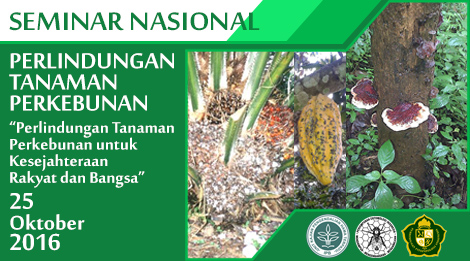

.jpg)